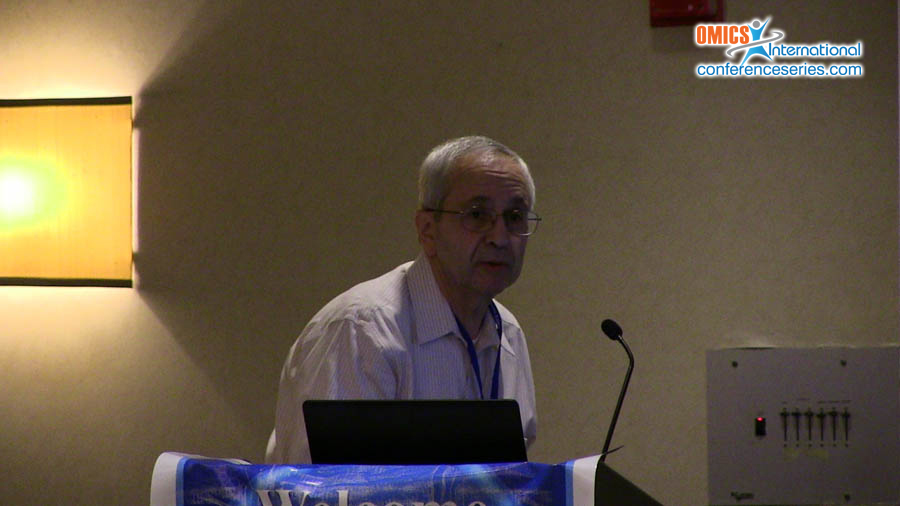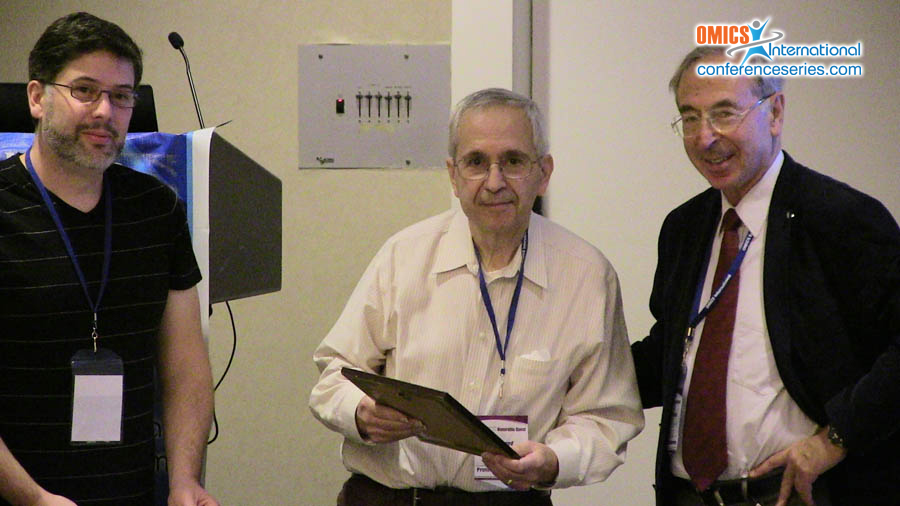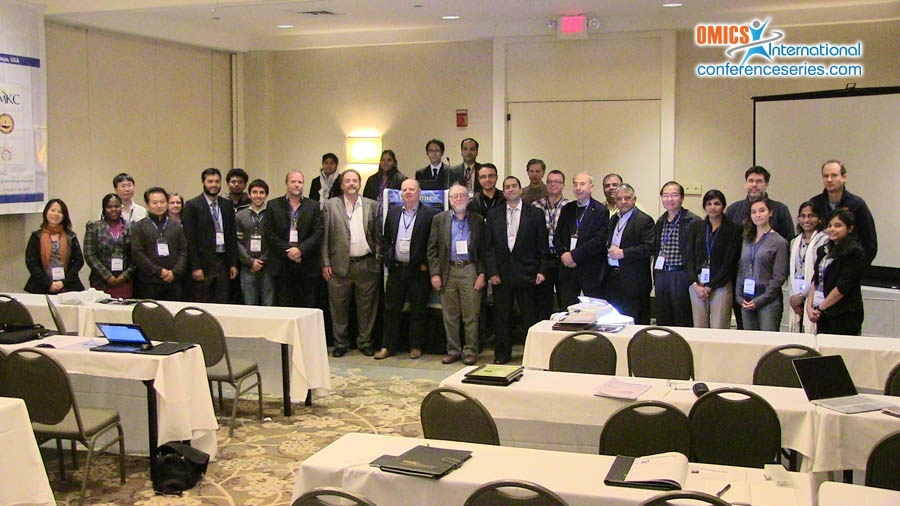
Karl Freed
University of Chicago, USA
Title: Protein folding without use of homology or machine learning
Biography
Biography: Karl Freed
Abstract
Theoretical descriptions of protein folding centers on predicting the folded structure i.e., the relation between sequence and structure and the folding pathway relying heavily on machine learning techniques for predicting the secondary structure and for relating the known native structure to the folding pathway. However, despite their obvious utility, these methods encounter roadblocks hindering the description of proteins with unknown structure and poor homology including many examples in pathogens as well as for proteins with large inserts and deletions. Developing a theory of protein structure and folding pathways without the use of machine learning or homology focuses attention on deducing the fundamental principles of folding, principles that will be essential in devising theories to guide in designing unique proteins and for dealing with more complex processes such as protein-protein recognition. We have developed a de novo approach to protein folding based on the principle of the sequential stabilization of elements of secondary structure. Using a reduced model in which the only degrees of freedom are the backbone dihedral angles only and beginning only with a knowledge of the sequence, a series of rounds of very rapid Monte Carlo simulated annealing trajectories are run to uncover the correlations exhibited by the trajectories in a given round. The correlations then provide biases on the possible backbone conformations in subsequent rounds of trajectories. The convergence of this procedure yields a self-consistent determination of the secondary and tertiary structure as well as the folding pathway.



